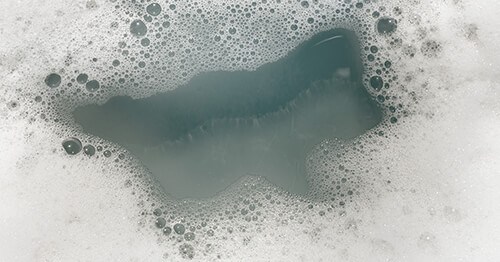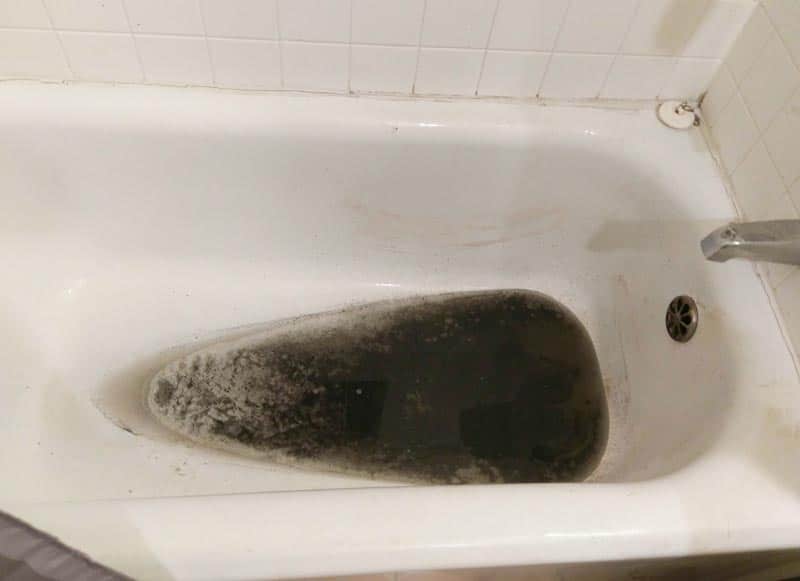Unpacking the Causes of Effluent in the Bathtub
ScheduleThis article which follows about Why is Sewage Backing Up Into My Bathtub? is definitely remarkable. Don't miss out on it.

Sewage backup in the bathtub can be a traumatic and unhygienic issue for any type of property owner. Not only is it bothersome, but it likewise presents major health and wellness risks and suggests underlying concerns with the plumbing system. Comprehending why sewage is turning up with the bathtub is essential for taking appropriate action to resolve the issue successfully.
Intro to the Problem
Common Factors for Sewer Back-up
Blockages in the Drain Line
Among one of the most common causes of sewage backup is a blockage in the sewage system line. This can happen as a result of the buildup of debris, grease, or foreign items in the pipes, protecting against appropriate flow and causing sewer to back up right into your tub.
Tree Origin Intrusion
Tree origins seeking wetness and nutrients can infiltrate drain lines via small splits or joints. Over time, these roots can grow and broaden, triggering substantial damages to the pipelines and resulting in sewer backup concerns.
Recognizing the Issue
When sewage draws back up into the bathtub, it's a clear indication of a trouble with the drainage system. The wastewater that needs to be moving far from your home is instead finding its way back right into your space, which can result in considerable damages and carcinogen.
Prospective Reasons
Several factors can contribute to sewer backup in the bath tub. From clogs in the drain line to concerns with the plumbing facilities, recognizing the source is essential for finding an option.
Aging Framework
Older homes might have obsoleted plumbing systems that are more susceptible to corrosion, cracks, and deterioration. As pipelines age, they come to be much more vulnerable to leakages and clogs, raising the likelihood of sewage backup incidents.
Heavy Rainfall or Flooding
Throughout periods of heavy rainfall or flooding, the drain system might become overwhelmed with excess water, creating back-ups and overflows. This can lead to sewage supporting right into bath tubs and various other components inside the home.
Indications of Sewage Back-up
Foul Odors
Undesirable odors emanating from drains or fixtures, especially in the washroom, might suggest sewer back-up concerns. These odors are usually solid and consistent, signaling an issue that calls for prompt attention.
Slow Draining Fixtures
Tubs, sinks, and commodes that drain slowly or not in any way could be experiencing sewage back-up. If several fixtures are influenced simultaneously, it's likely that the problem stems from a common point, such as the primary sewage system line.
Gurgling Sounds
Weird gurgling or gurgling sounds originating from drains when water is running elsewhere in your house are indicative of air entraped in the plumbing system. This air buildup can result from sewer backup and should be checked out promptly.
Wellness Threats Associated with Sewer Backup
Contamination of Water Supply
Sewer back-up can infect the water supply in your house, posing a severe wellness risk to you and your family. Direct exposure to polluted water can lead to stomach concerns, skin infections, and various other ailments.
Mold Development
Dampness from sewage back-up can produce excellent problems for mold and mildew development in your home. Mold and mildew spores can intensify respiratory problems and trigger allergic reactions in delicate individuals, making prompt clean-up crucial.
Spread of Disease
Sewer includes unsafe bacteria, viruses, and parasites that can trigger a variety of illness, consisting of hepatitis, cholera, and gastroenteritis. Entering contact with sewer or contaminated surface areas puts you in danger of infection.
Tidying up After Sewage Backup
Sanitation Procedures
Completely sanitize and sterilize affected locations after sewage backup to eliminate unsafe microorganisms and prevent mold and mildew growth. Use proper cleansing items and safety equipment to guarantee secure and reliable cleanup.
Remediation of Influenced Locations
Fix any type of damages to flooring, wall surfaces, or fixtures brought on by sewage back-up. Depending upon the level of the damage, you might require to replace carpets, drywall, or other products to restore your home to its pre-loss condition.
Immediate Actions to Take
Shutting Off Water System
In case of sewer back-up, it's necessary to switch off the supply of water to prevent further contamination and damage. Find the main water shutoff valve in your house and shut it off until the problem can be solved.
Contacting a Professional Plumber
Managing sewage backup is not a DIY work. Contact a qualified plumber with experience in managing sewage-related problems to examine the situation and execute needed repair work or cleanups.
Preventing Contact with Polluted Water
Up until the sewage back-up is settled, prevent contact with polluted water to prevent the spread of bacteria and pathogens. Use protective gear if you have to remain in the damaged location and wash your hands extensively afterward.
Preventive Measures
Regular Upkeep of Drain Lines
Arrange normal evaluations and upkeep of your sewer lines to identify and attend to prospective concerns before they rise right into major issues. This can consist of cleaning out debris, inspecting for tree root intrusion, and repairing any kind of broken pipelines.
Mounting Bayou Valves
Consider mounting backwater shutoffs in your plumbing system to avoid sewage from receding into your home throughout durations of heavy rainfall or flooding. These shutoffs immediately close when water draws back up, safeguarding your property from contamination.
Appropriate Disposal of Home Waste
Stay clear of flushing anything aside from bathroom tissue and human waste down the toilet to prevent obstructions and blockages in the sewer line. Dispose of oil, oil, and other household chemicals appropriately to reduce the danger of plumbing problems.
Why is there sewage coming up from my bathtub?
These gas fumes, like hydrogen sulfide – the gas that leaves a rotten egg smell in its wake and is highly flammable and toxic – can be hazardous to your health. Sewage poses major health risks as it contains harmful bacteria and microorganisms that can be dangerous if exposed to them.
Sewage cleanup should be considered an emergency.
So, why is there sewage coming up from your bathroom? There are several common causes of a sewage backup.
The most common reason for sewage coming up through your bathroom is a clogged sewer line. All plumbing in your bathroom connects to a single drain pipe that leads to the sewer line under your house. This drain line carries all wastewater and sewage away from your home to the city’s sewer system.
When the sewer line becomes clogged or blocked, wastewater has nowhere to go but back toward your house. This results in sewage coming up through your drains, often starting with your tub or shower.
Another culprit may be the sewage ejector pump, which is used when a bathroom, laundry room or any other type of plumbing fixture is located below the level of the main sewer or septic line flowing from the house. Most commonly, ejector pumps are used in homes with basement bathrooms or laundry rooms.
When you experience sewage coming up through your bathtub, it’s always best to contact a professional. Attempts to fix a clogged sewer line without experience often lead to more plumbing damage.
Make sure that no one enters the affected area, and open as many windows as possible. Pre-treat the flooded area with small splashes of chlorine bleach. Wear protection gear like rubber gloves, a mask, and water-resistant coveralls.
https://www.shawlocal.com/the-herald-news/sponsored/2022/08/17/omega-plumbing-10199038/

We hope you enjoyed our section about Water Coming up Bathtub Drain. Thanks a lot for taking time to read our piece. Sharing is caring. You never know, you may be helping someone out. I am grateful for your time. Kindly come visit our website back soon.
Click Here